As the vibrant colors of summer fade and crisp autumn air settles in. It’s time to focus on preparing your lawn for the seasons ahead. Fall is ideal for planting grass with cool temperatures and plenty of moisture for perfect growth.
Whether you’re filling in bare spots or starting a new lawn then fall planting can yield lush green results come spring. The season’s combination of cooler temperatures and fewer competing weeds ensures your efforts pay off in creating a healthy lawn.
This guide covers key fall grass planting tips and the best grass types for the season. Let’s get started and make your lawn the envy of the neighborhood!
Fall Grass Planting Tips
Planting grass in the fall requires careful planning and execution to achieve optimal results. By taking the right steps you can ensure your lawn stays green throughout the year. Here are some expert tips to guide you:
Timing is Key
For best results plant grass seeds in early fall about 6 to 8 weeks before the first frost. This timing allows seeds to germinate and establish strong roots before winter. Cool-season grasses thrive in cooler temperatures, moderate sunlight, and moisture of fall.
Prepare the Soil
Healthy soil is the foundation of a beautiful lawn. Start by aerating your lawn to loosen compacted soil allowing water, nutrients, and air to reach the roots. This is especially important for cool-season lawns to encourage better root growth.
Remove debris and weeds to create a clean and fertile bed for your grass seed. If your soil is overly acidic then consider applying lime to balance the pH of soil ensuring it falls between 6.0 and 7.0. Testing your soil beforehand can save time and optimize results.
Choose the Right Seed
Selecting the right grass seed is crucial for success. Pick a grass variety that suits your climate, soil, and lawn needs. Cool-season grasses like Kentucky Bluegrass and Tall Fescue are great for cooler fall temperatures while warm-season grasses like Bermuda Grass thrive in southern regions.
For shaded areas, consider fine fescue or Hakone grass as they are shade-tolerant and perform well in low-light conditions. Be sure to buy high-quality seeds labeled for your region for the best results.
Use Fertilizer
A good fertilizer provides your grass with the nutrients needed for healthy growth. Apply a starter fertilizer rich in phosphorus which supports root development, especially for cool-season grasses.
For nutrient-depleted soil, a soil test can identify deficiencies and help you choose the right fertilizer. Be sure to follow the recommended application rates to avoid over-fertilizing which can harm young seedlings.
Water Wisely
Consistent watering is essential for grass seed germination and growth. Keep the soil evenly moist by watering lightly but frequently in the early stages. As the grass begins to grow switch to deeper and less frequent watering to encourage deep root development.
Avoid creating puddles or waterlogged soil as this can lead to fungal diseases. Installing a sprinkler system or using a timed watering schedule can help ensure even coverage.
Mulch for Protection
Protecting your newly planted grass seed is key to its success. Spread a thin layer of straw or mulch over the seeded areas to shield them from birds and direct sunlight. Mulching also helps retain soil moisture promoting consistent germination.
For areas prone to erosion like slopes mulch helps stabilize the soil and keeps seeds from washing away. Choose biodegradable options like straw that break down and enrich the soil.
Avoid Overcrowding
When overseeding spread grass seed evenly to avoid overcrowding which can stop growth and cause patchy areas. Using a seed spreader helps distribute the seed evenly and prevents bare spots.
Crowded seedlings compete for water and nutrients which weakens your lawn. By spacing seeds properly you’ll create a thick and even lawn that resists weeds and stress.
Best Grass to Plant in Fall
The grass you choose to plant in the fall should align with your local climate, soil conditions, and lawn use. Cool-season grasses are typically the best option for fall planting as they grow well in cooler temperatures and are established quickly.
Here are the top grass varieties to consider for fall planting. Each offers unique benefits:
1. Zoysia Grass (Zoysia japonica)
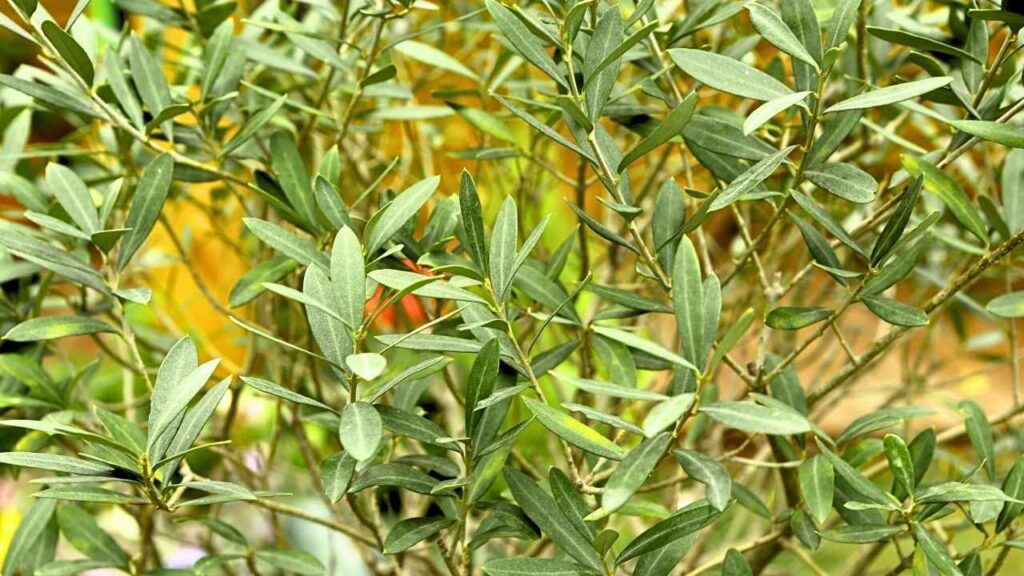
Known for its dense, carpet-like texture. Zoysia is a warm-season grass that can be planted in early fall in warmer climates.
Advantages:
- It requires minimal maintenance.
- Dense growth inhibits weed development.
- Highly drought-tolerant and resilient to foot traffic.
- Requires less frequent mowing
Tips:
- Plant Zoysia seeds in well-drained soil and ensure full sun for optimal growth.
- Keep the soil warm and well-watered to encourage root development before frost.
2. Kentucky Bluegrass (Poa pratensis)
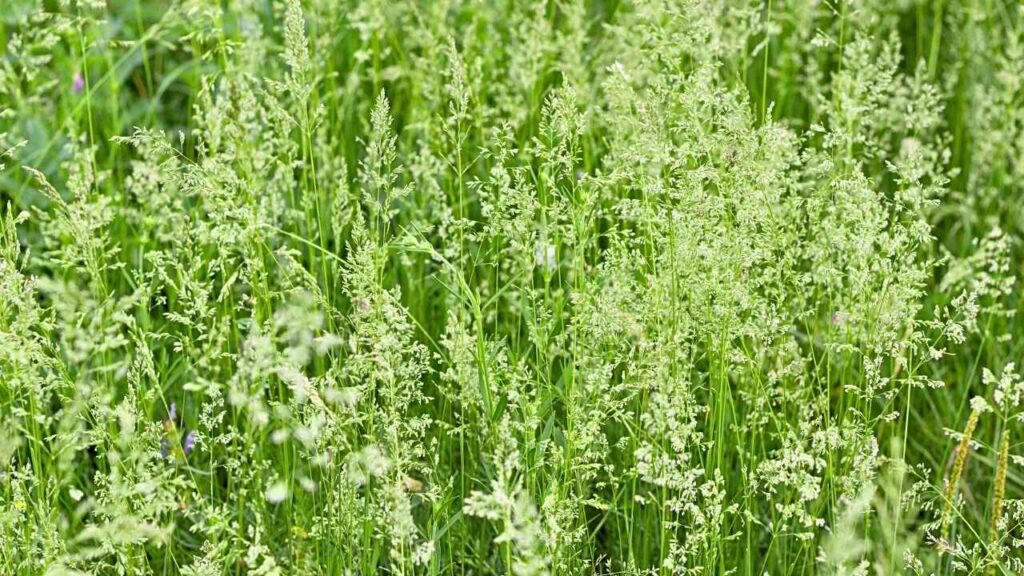
Kentucky Bluegrass is a most popular cool-season grass prized for its rich color and fine texture. It is well-suited for fall planting due to its preference for cooler weather.
Advantages:
- Self-repairing with rhizome growth.
- Forms a thick and lush lawn with high aesthetic appeal.
- Handles moderate foot traffic.
Tips:
- Pair it with other cool-season grasses for a robust lawn.
- Ensure the soil is well-drained and fertilized.
- Water regularly to support germination and early growth.
3. Bermuda Grass (Cynodon dactylon)
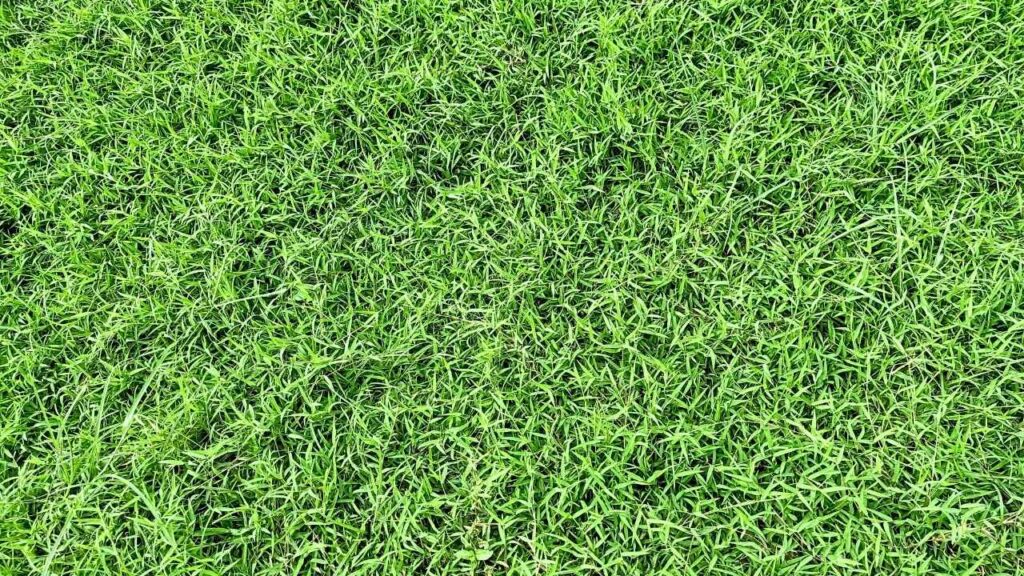
Bermuda grass is a hardy warm-season grass often used in southern climates. While it is typically planted in spring and fall. Overseeding can prepare the lawn for a healthy start in spring.
Advantages:
- Fast-growing and highly durable.
- Prefers abundant sunlight for optimal growth.
- Tolerates heavy foot traffic.
Tips:
- Overseed with Bermuda grass in early fall.
- Provide ample sunlight and water to encourage growth.
- Protect young grass from frost by mulching if necessary.
4. Tall Fescue (Festuca arundinacea)
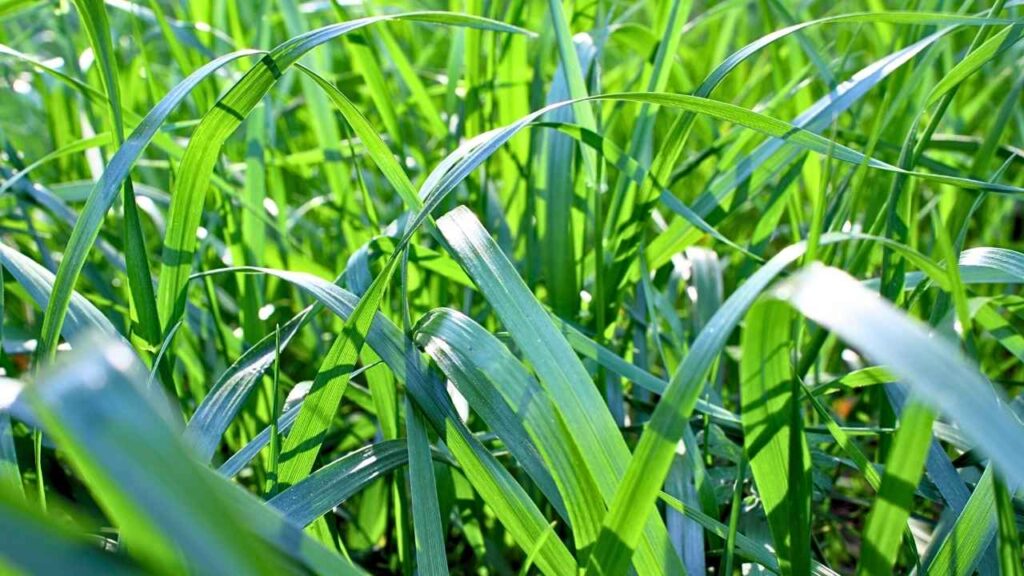
Tall Fescue is a versatile and cool-season grass, known for its durability and ability to grow in various soil types. It’s a popular choice for fall planting due to its quick germination and robust growth.
Advantages:
- Deep roots make it drought-tolerant and resilient.
- Grows well in the sun or partial shade.
- Requires less maintenance once established.
Tips:
- Plant Tall Fescue seed in early to mid-fall.
- Use a starter fertilizer to promote strong root growth.
- Water deeply and regularly during establishment.
5. Ryegrass (Lolium perenne)
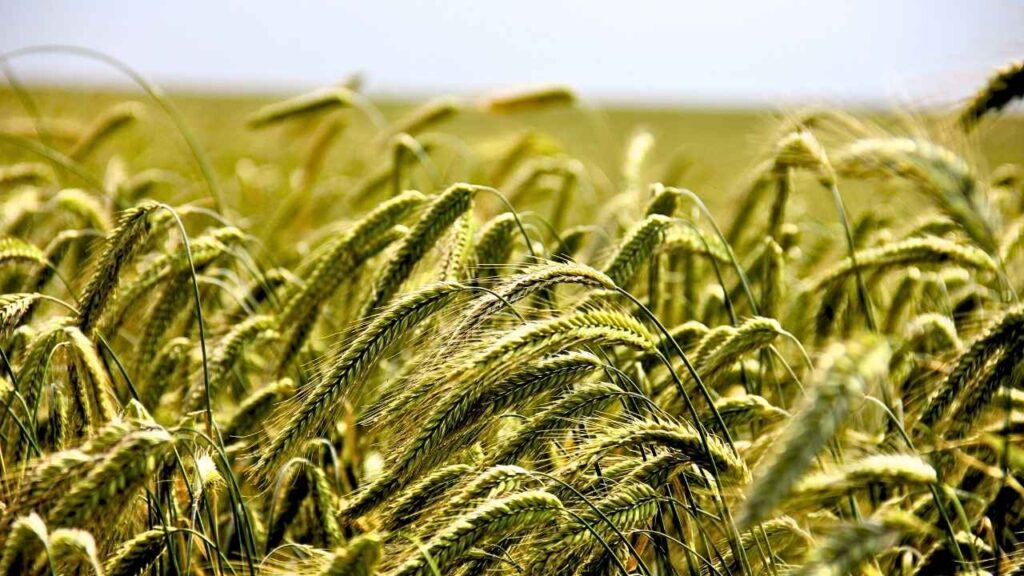
Ryegrass is a fast-growing cool-season grass often used for over-seeding and temporary lawns. It’s particularly well-suited for fall planting in cooler climates.
Advantages:
- Germinates quickly, making it ideal for patching bare spots.
- Provides a Bright green color in fall and winter.
Tips:
- Sow seeds evenly over the lawn in early fall.
- Water frequently to support germination.
- Consider blending with other cool-season grasses for a mixed lawn.
- Ideal for temporary winter cover in warm-season lawns.
6. Bahiagrass (Paspalum notatum)
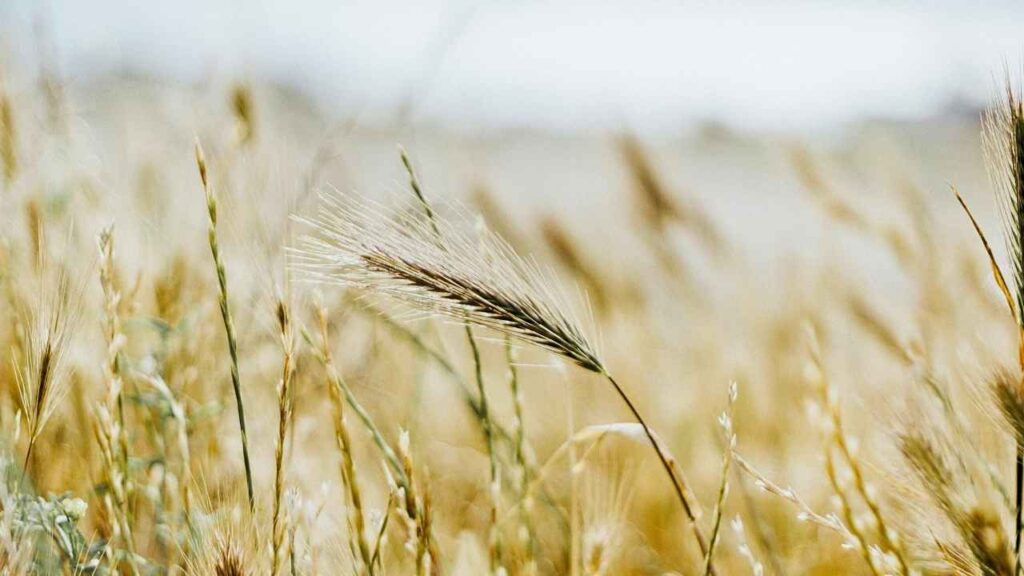
Bahiagrass is a warm-season grass commonly grown in the southern United States. It’s low-maintenance and performs well in sandy soils.
Advantages:
- Low maintenance and Resistant to drought and heat.
- Requires minimal fertilization and mowing.
- Tolerates poor soil conditions.
Tips:
- Best for large, low-maintenance areas.
- Overseed or plant Bahiagrass in early fall when temperatures remain warm.
- Avoid waterlogging the soil.
- Protect young grass from cold snaps.
7. Hakone Grass (Hakonechloa macra)
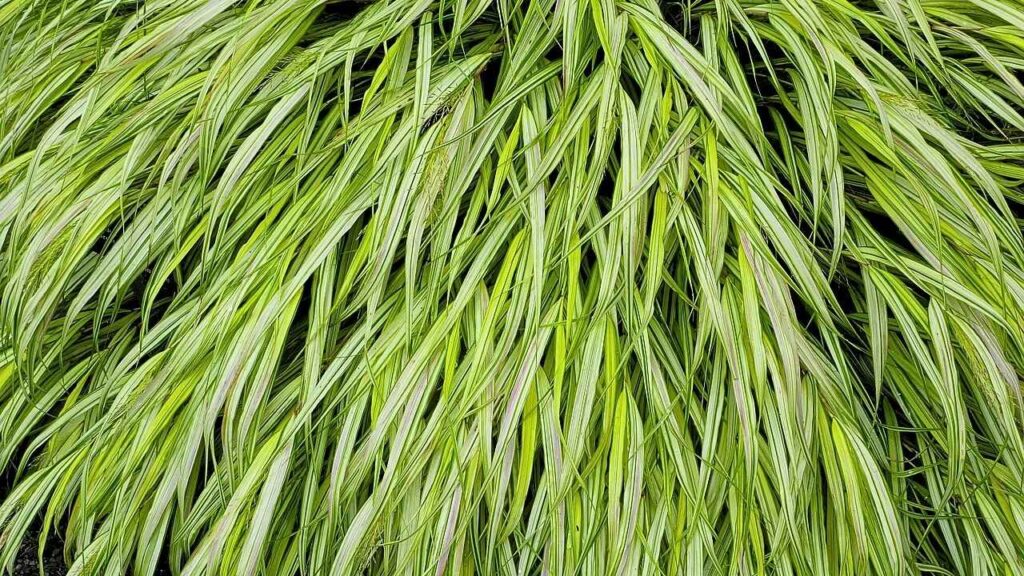
Hakone grass also known as Japanese forest grass is an ornamental grass prized for its graceful arching leaves and vibrant colors. It’s not commonly used as lawn grass.
Advantages:
- Slow-growing and offers unique aesthetic appeal with its cascading foliage.
- Adds texture and color to gardens.
- Tolerates partial shade.
- Low maintenance once established.
Tips:
- Ideal for gardens or mixed-use lawns.
- Plant in early fall in well-drained, fertile soil.
- Mulch around plants to retain soil moisture and protect roots.
- Water regularly until established.
Conclusion
Planting grass in the fall can turn your lawn into a healthy green space that’s ready to impress by spring. By selecting the right grass variety and following essential planting tips you’ll lay the foundation for a healthy vibrant lawn.
Whether you prefer the resilience of Zoysia, the elegance of Kentucky Bluegrass or the versatility of Tall Fescue fall is the perfect time to bring your vision to life. By incorporating cool-season grasses like Perennial Ryegrass and Kentucky Bluegrass or warm-season options like Bermuda grass and Bahiagrass you can create a lawn tailored to your climate and needs.
With proper care including sufficient watering, fertilizer, and mulch your new grass will grow even in extreme temperatures. Focus on maintaining improved density and shade tolerance for a lush and healthy lawn that withstands both summer heat and colder months.
















